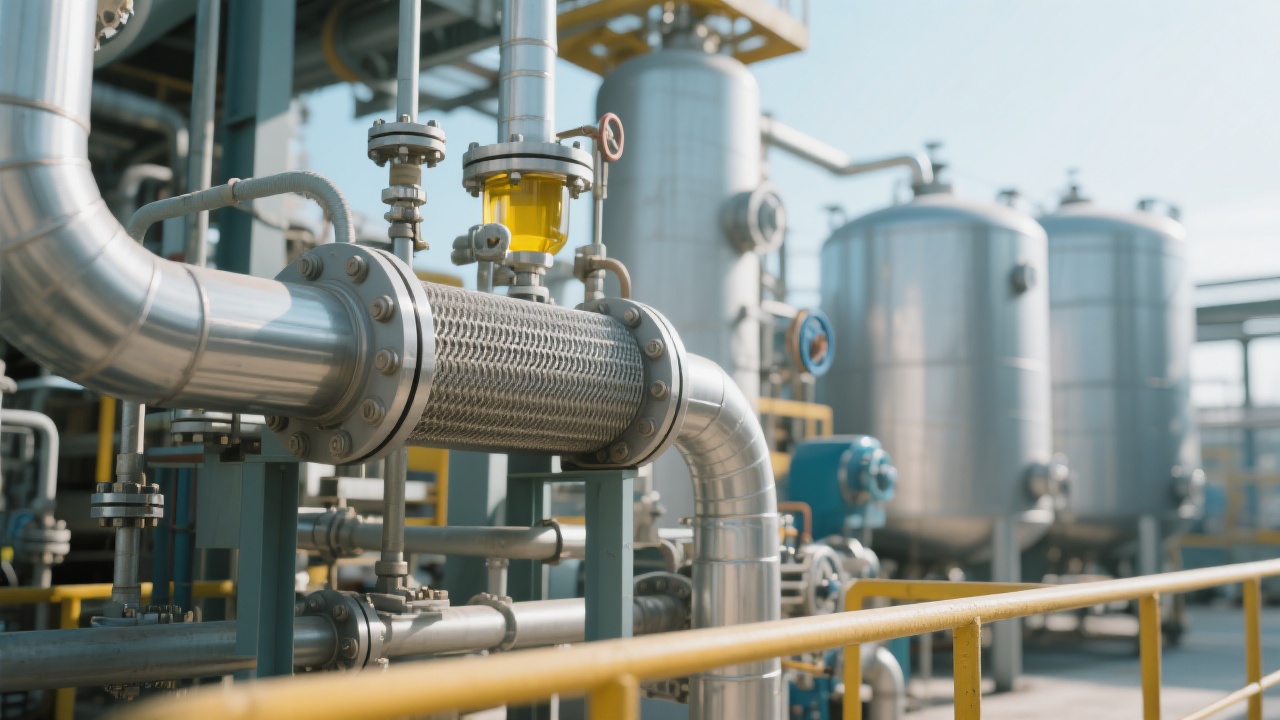
This article provides an in - depth analysis of the entire soybean oil production process, offering valuable insights for industry professionals. It aims to help engineers, procurement officers, and managers enhance the quality and efficiency of soybean oil production.
The first step in soybean oil production is pretreatment, which includes cleaning, crushing, dehulling, and flaking. Cleaning the soybeans can remove impurities such as dirt, stones, and broken beans. This process can improve the purity of the final product. For example, in a well - managed production line, cleaning can remove up to 95% of the impurities, which significantly reduces the wear and tear on subsequent processing equipment.
Crushing and dehulling are crucial for increasing oil yield. After dehulling, the oil content in the remaining soybean kernel can be better extracted. Statistics show that dehulling can increase the oil extraction rate by about 2 - 3%. Flaking further increases the surface area of the soybeans, making it easier for the oil to be released during the extraction process.

There are two main methods for oil extraction: mechanical pressing and solvent extraction. Mechanical pressing is a traditional method that uses physical force to squeeze the oil out of the soybeans. It has the advantage of being simple and environmentally friendly. However, the oil extraction rate is relatively low, usually around 15 - 20%. Solvent extraction, on the other hand, uses a solvent to dissolve the oil in the soybeans. This method can achieve a higher oil extraction rate, up to 95 - 98%. But it requires more complex equipment and safety measures.
The choice between the two methods depends on various factors such as production scale, cost, and product requirements. For small - scale production, mechanical pressing may be a better choice, while large - scale production often prefers solvent extraction.
After oil extraction, the crude oil needs to be filtered to remove solid impurities such as soybean residues. Filtration is an essential step to ensure the quality of the final product. A well - designed filtration system can remove up to 99% of the solid particles in the crude oil, which improves the clarity and stability of the oil.
The refining process consists of several stages, including degumming, neutralization, bleaching, deodorization, and winterization.
| Refining Stage | Function | Quality Impact |
|---|---|---|
| Degumming | Removes phospholipids from the crude oil | Improves the stability and clarity of the oil |
| Neutralization | Removes free fatty acids | Reduces the acid value of the oil |
| Bleaching | Removes pigments and other impurities | Improves the color of the oil |
| Deodorization | Removes odorous substances | Improves the flavor of the oil |
| Winterization | Removes waxes and other high - melting - point substances | Improves the low - temperature stability of the oil |

Soybean meal is a valuable by - product of soybean oil production. It is rich in protein and is widely used in the animal feed industry. After proper processing, soybean meal can have a protein content of up to 40 - 48%. The market demand for high - quality soybean meal is constantly increasing, which provides an additional source of revenue for soybean oil producers.
Proper storage and packaging are essential to maintain the quality of soybean oil. The oil should be stored in a cool, dark place to prevent oxidation. Packaging materials should be selected carefully to prevent leakage and contamination. For example, using high - quality plastic or glass containers can extend the shelf life of the oil.
Throughout the production process, strict quality control measures should be implemented. This includes regular testing of the raw materials, intermediate products, and final products. For example, testing the acid value, peroxide value, and moisture content of the oil can ensure its quality. Based on the test results, appropriate optimization measures can be taken to improve the production process.
Our company is at the forefront of soybean oil production technology, with a team of experienced professionals and advanced equipment. We are committed to providing high - quality soybean oil products with strict quality control and continuous process optimization. Our brand represents professionalism and quality in the industry.
We encourage readers to share their practical experiences and insights. Have you encountered any challenges in soybean oil production? What optimization measures have you taken? Let's create a knowledge - sharing community and promote the development of the industry together.
If you want to learn more about our advanced soybean oil production technology and high - quality products, click here to explore further.

